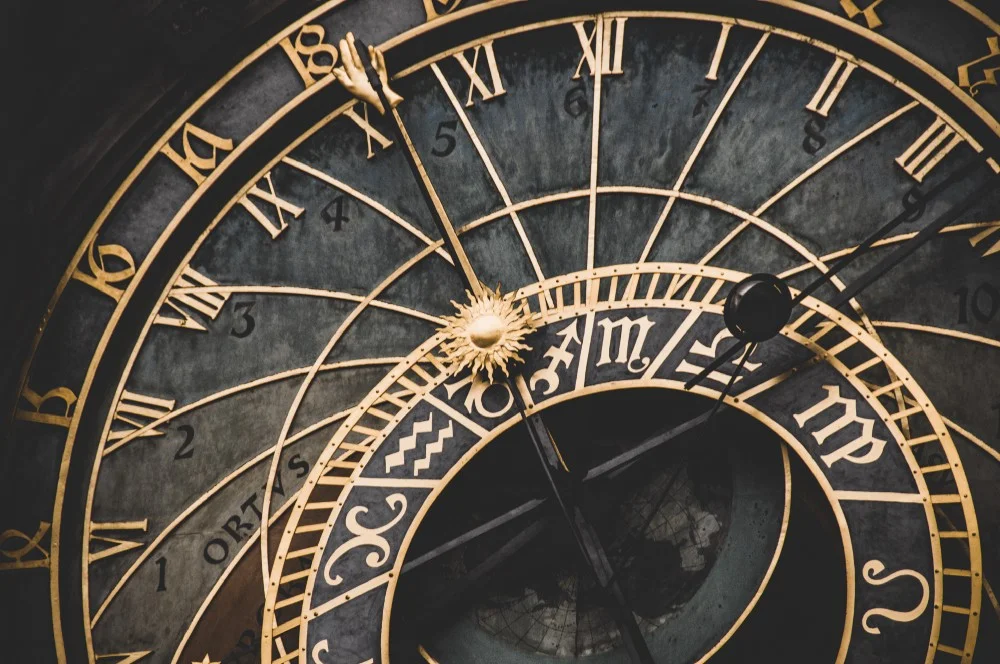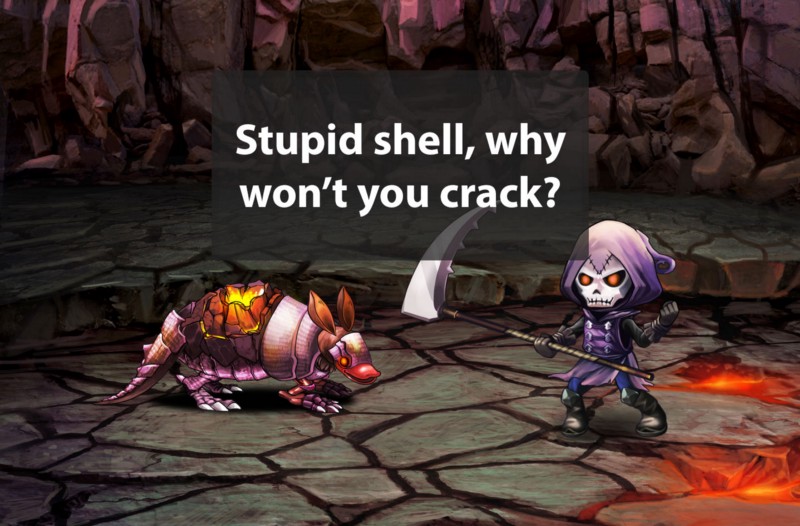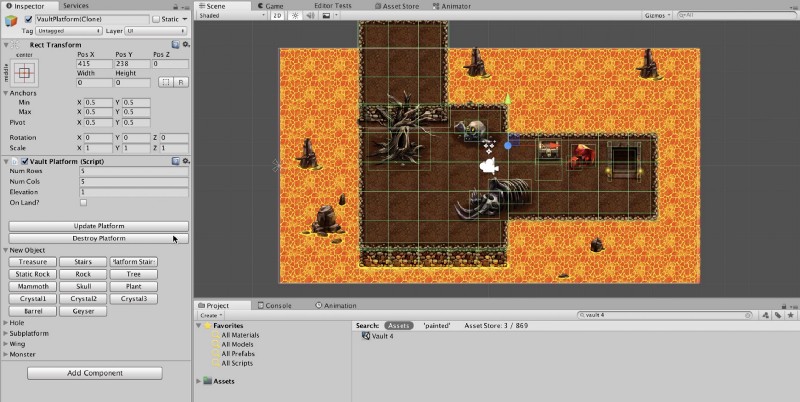So, you’re designing a game too, aren’t you? Congrats! It is, in my opinion, the most fun aspect of game development. Brainstorming ideas for new monsters, items, etc, isn’t it so much fun? And we’re getting paid to do that. And it’s so easy, right? Right?
Wrong!
Game Design is hard work
Or I should say: “Good” game design is hard work. How do you make a game that’s entertaining from start to finish? How do you balance the game so that it’s not too easy or too hard? How do you introduce new items and monsters that feel new and exciting? There’s no easy answer! Heck, it really changes on a project by project basis. I’m not even going to try to answer that question in this post, or probably any post for that matter.
Am I, however, going to tell you one important thing I’ve learned over the years as an RPG game designer. The concept should apply for most types of games. Here it is in all its glory:
Don’t design your game content around stat differences.
What’s the different between a weapon that does 2 damage and one that does 5? 3. Freaking boring!
Now, what’s the difference between a weapon that has its power increased by another main stat, like agility or intelligence, and a weapon that deals more damage to enemies in the back row? The way you use it! Both are good, but it depends on the circumstances. If your agility or intelligence is high, the first weapon could be really strong, but sometimes you gotta kill the enemies in the back first, so the second one might be better. As a player, finding a good strategy around content feels great.
Some of Soul Reaper’s unique legendary attributes
The same goes for monster design. What’s the difference between a monster that does 2 damage and one that does 5? 3. Freaking boring! Now, what’s the difference between a monster that does fire damage vs one that does water damage? The way you protect against them. If you’re in a section where you know there’s a lot of fire monsters, you may want to equip an item with more fire protection, even if it’s other stats might not be very high. Try to have each of your monsters have their own special thing, not just another palette swap with different stats. The way you fight each enemy should be different. Players will feel good about themselves when they discover ways to defeat or survive against monsters.
In Soul Reaper, there’s going to be between 80–100 monsters, each of them with their own unique ability. If you try to apply the same strategy to defeat all monsters, you’re not very likely to succeed, or even have fun doing it.
Conclusion
Think about that concept when designing your game. It applies to any genre and content. Make your game fun by designing not around numbers, but around diversity and new experiences. Make sure your next item or monster is not just another stat roll!
What do you think?
How do you design your game content? Any strategies you used that worked really well?













